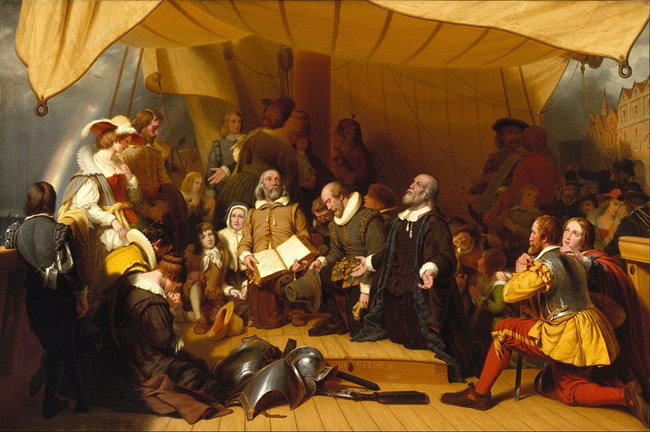Drawing of Ulysses S Grant Easy Drawing of a Pistol During Civil War
Article
Ulysses S. Grant's Artwork

The Papers of Ulysses S. Grant, Volume I and George Washington University Library
Ulysses S. Grant's fame as a general during the American Civil War and his two terms as eighteenth U.S. President is well known to most Americans. Yet Grant was also a talented artist. Surviving paintings from his time as a cadet at the United States Military Academy (West Point) from 1839 to 1843 attest to his drawing skills. While drawing and painting were favorite hobbies for Grant during his time at West Point, it was also essential that graduating cadets were proficient in these skills for their future Army careers.
According to The Centennial of the United States Military Academy at West Point, New York, cadet Ulysses S. Grant studied drawing during his third class (sophomore) and second class (junior) years. During his second class year the drawing focused on landscape and copying other drawings, while during his third class he studied topographical and anatomical drawing. Army engineers defined topography as the "arrangement of the natural and artificial physical features of an area." These could include natural elements such as mountains, rivers, lakes, forests, or cultural elements such as Native American villages and old roads. As the U.S. military presence expanded westward in the decades before the Civil War, new topographical maps had to be drawn. It was important for officers such as Grant to be able to sketch accurate maps of the surrounding landscape and to include notable features on these maps. During times of peace, topographical maps helped engineers locate and construct new roads, railroads, and fortifications. Equally important, army officers worked to locate and sketch water sources in their maps. During wartime, these drawings became important for sketching enemy force deployments and fortifications accurately.
In the Papers of Ulysses S. Grant, Volume 1, historian John Y. Simon states that "[drawing] classes met each weekday afternoon for two hours." This amount of time in a Cadet's schedule proves that being competent in drawing was very important to the curriculum at West Point and by extension, important to the cadet's future as an officer in the United States Army."

Wikimedia Commons and Google Art Project
Grant was fortunate to have a drawing instructor at West Point who was internationally respected. Robert Walter Weir was a New York native who studied art in both New York as well as Florence, Italy, before becoming a drawing instructor at West Point. He served in this position from 1834 to 1876. During his long career as a teacher and artist, Weir composed several of his own paintings. Perhaps his most famous painting was completed in July 1843, around the same time Grant graduated from West Point. This painting is the famous "Embarkation of the Pilgrims," which now sits in the U.S. Capitol Rotunda. According to Grant biographer Jean Edward Smith, Weir's studio, "was a haven for cadets whose interests went beyond the cut-and-dried requirements of daily recitation, [encouraging] his charges to express their imagination."
Cadet Ulysses S. Grant profited from Weir's teachings and several of his works still survive. These drawings cover different subjects, ranging from Native Americans and landscapes to one of a working horse. All reflect a talented artistic ability. Yet despite his early interest in drawing, Grant does not mention this passion even once in later correspondence or his Personal Memoirs. According to Smith, "there is no indication that he drew seriously in his later years."
Further Reading
Jean Edward Smith. Grant. New York: Simon & Schuster, 2001.
John Y. Simon, ed. The Papers of Ulysses S. Grant. Volume 1: 1837-1861. Carbondale: Southern Illinois University Press, 1967. Pg. 13-19
Smithsonian American Art Museum. "Robert Walter Weir." Renwick Gallery.
Last updated: January 14, 2021
Source: https://www.nps.gov/articles/000/ulysses-s-grant-s-artwork.htm
0 Response to "Drawing of Ulysses S Grant Easy Drawing of a Pistol During Civil War"
Post a Comment